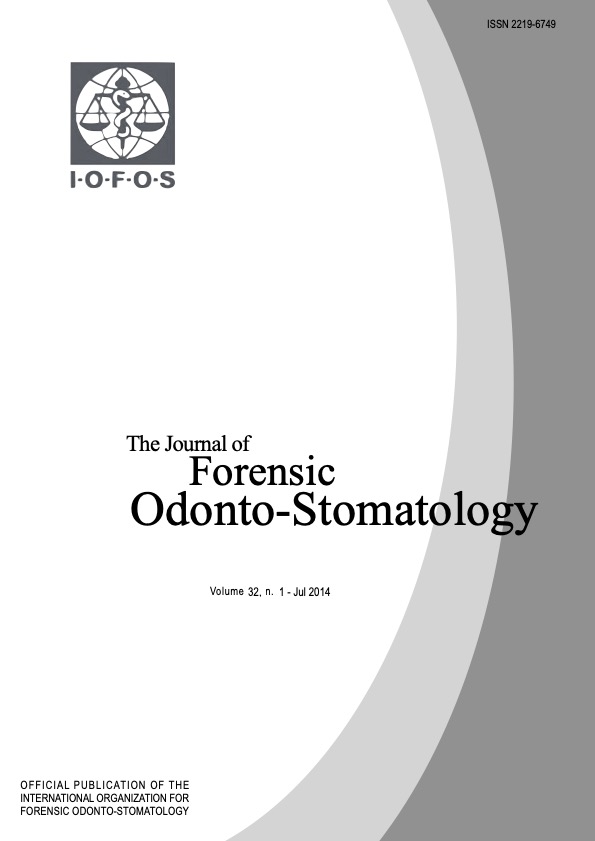The impact of tooth avulsion on daily life performance using the Brazilian OIDP index in children and young adults
Keywords:
Dental avulsion, Dental damage, Traumatic injury, Consolidation dateAbstract
Introduction: The evaluation of orofacial damage is an emerging branch in the forensic sciences, specifically in forensic odontology and medicine. One of the major limitations during the evaluation of forensic orofacial damages is establishing the consolidation date of acquired lesions. The consolidation date is defined as the moment from which orofacial damages are considered irreversible. Aim: To stress the relevance of knowing the consolidation date in children who underwent orofacial trauma, and to enhance forensic expertise on the evaluation of dentomaxillofacial damages.
Material and methods: Ninety-six patients, aged between 11 and 31 years old, treated at the dental clinics of the Federal University of Minas Gerais, Brazil, were selected for forensic orofacial evaluation. All the patients presented at least one traumatically avulsed tooth and a temporary partial denture. Results: The mean age for the traumatic avulsion was 10,3 years old. The mean time for the placement of a prosthesis was 2,9 years after the initial consultation. The mean time for the use of prosthesis was 2,2 years. No significant differences were observed regarding orofacial damage outcomes between patients younger or older than 18 years of age. It was observed that patients using temporary removable partial dentures presented a 3,6-fold greater possibility of developing socially significant sequels if compared with patients using temporary fixed partial dentures.
Conclusion: Knowing the consolidation date of orofacial damage enables the prediction of the potential development of social sequels in children and adolescents who disaster victim identification (DVI) is an intensive and demanding task involving specialists from various disciplines. The forensic dentist is one of the key persons who underwent traumatic dental avulsion

